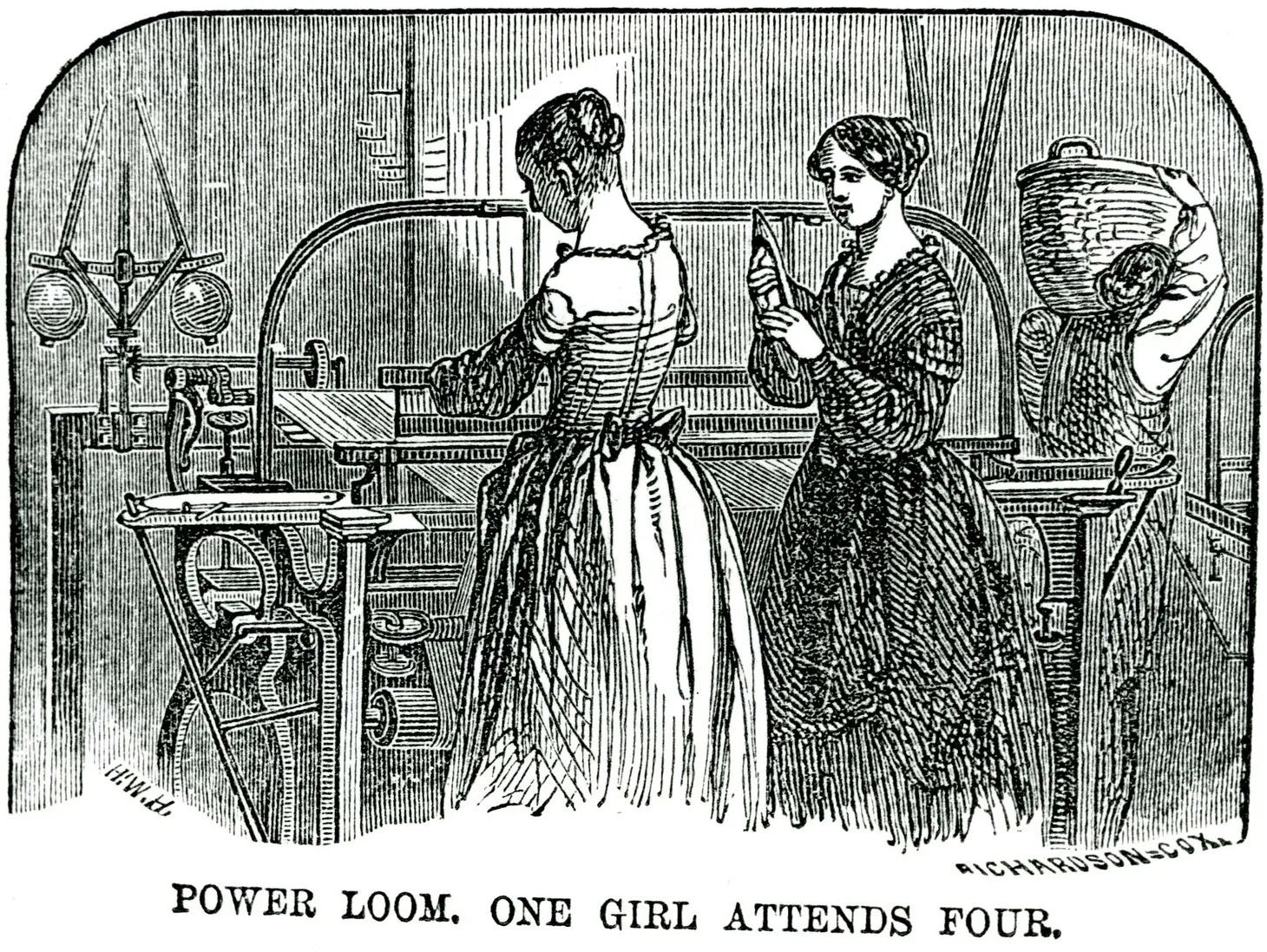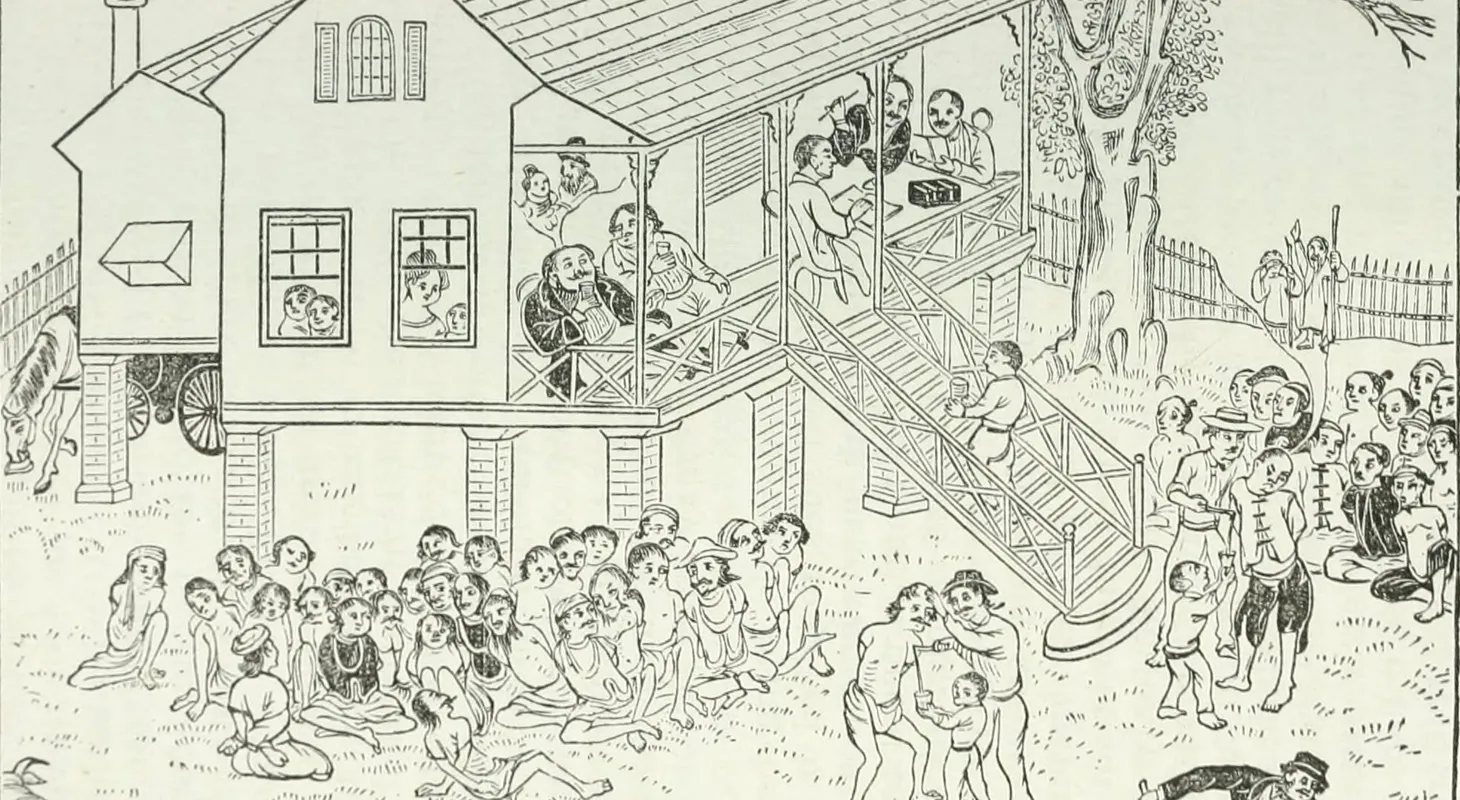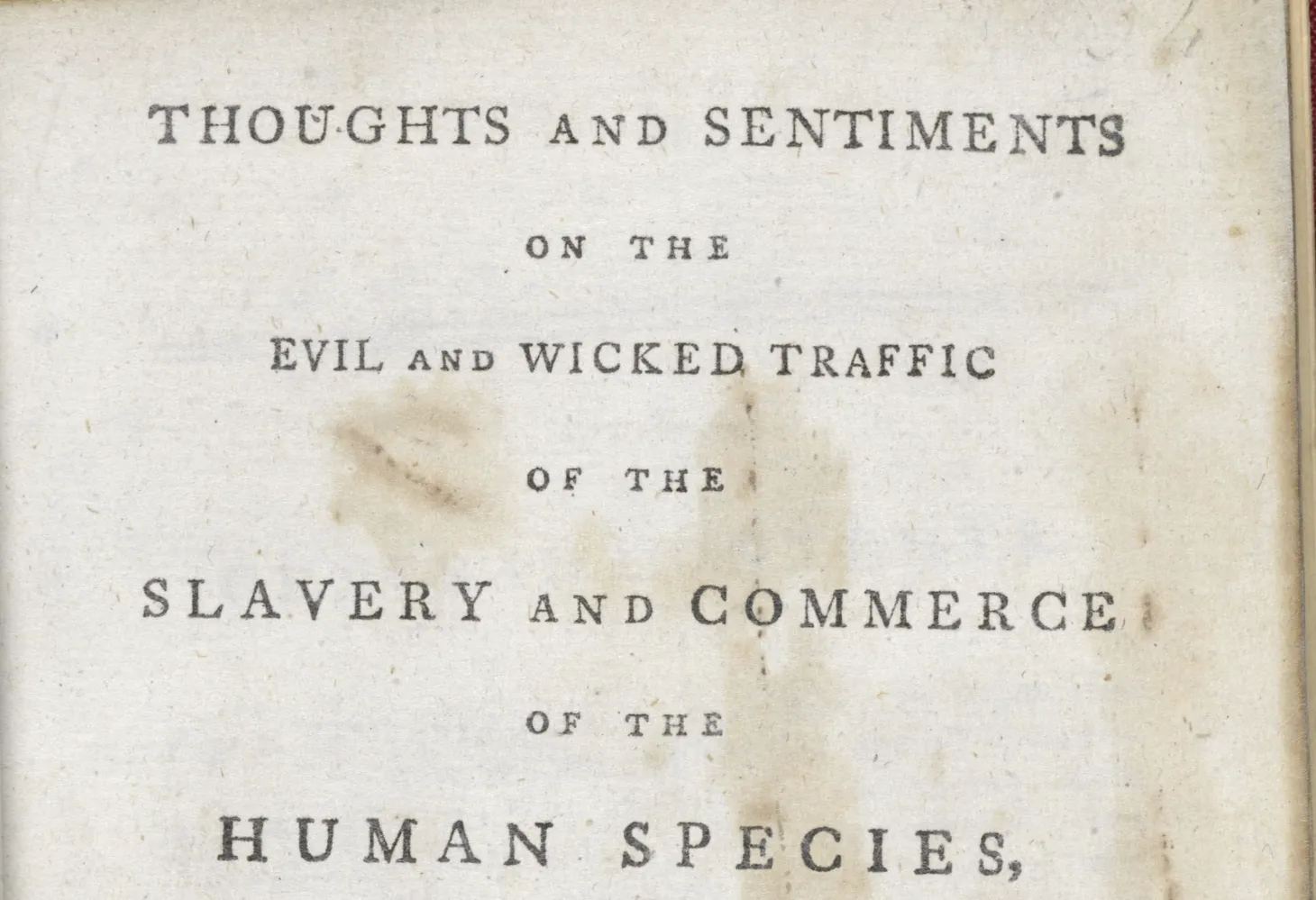“We Should All Wear the Fez”: Ottoman Jews in the Late Nineteenth Century
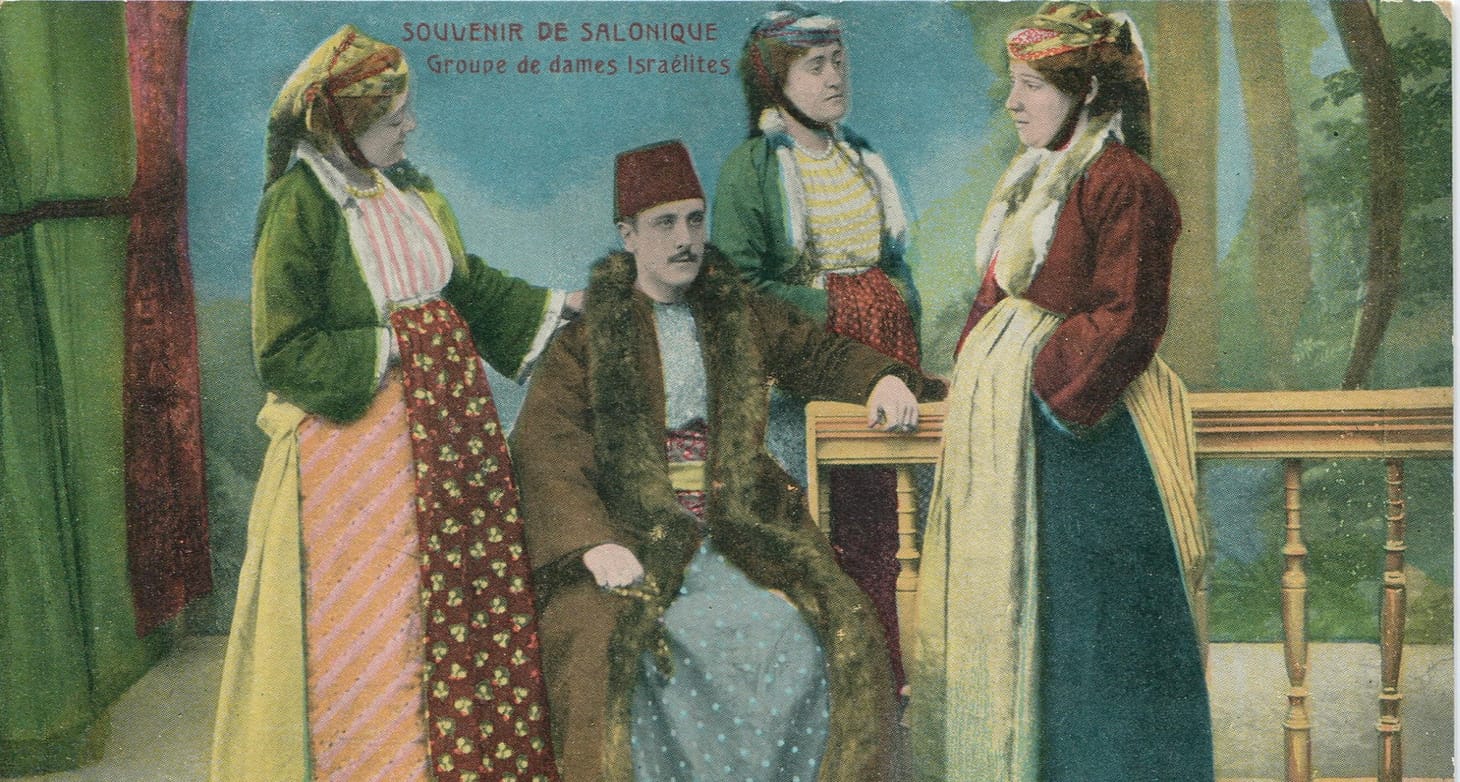
Istanbul has long been one of my favorite cities. Whenever I go there, I explore a new neighborhood or visit a new site. Every trip to Istanbul leads to some new insight or anecdote relevant to teaching world history. My last visit was no different. In the summer of 2022, my wife and I visited The Quincentennial Foundation Museum Of Turkish Jews, which tells the history of “Turkish Jews.” As I wandered through the exhibits, I was captivated by a minaret-shaped menorah (Sephardic Jews refer to it as a hanukkiah) with a crescent and star on top. The incorporation of overtly Islamic symbols into a Jewish ceremonial object puzzled me. The description only mentioned that it was from the nineteenth century. As I sat there looking at the menorah, I knew it would be the entry point for some future lesson or post.
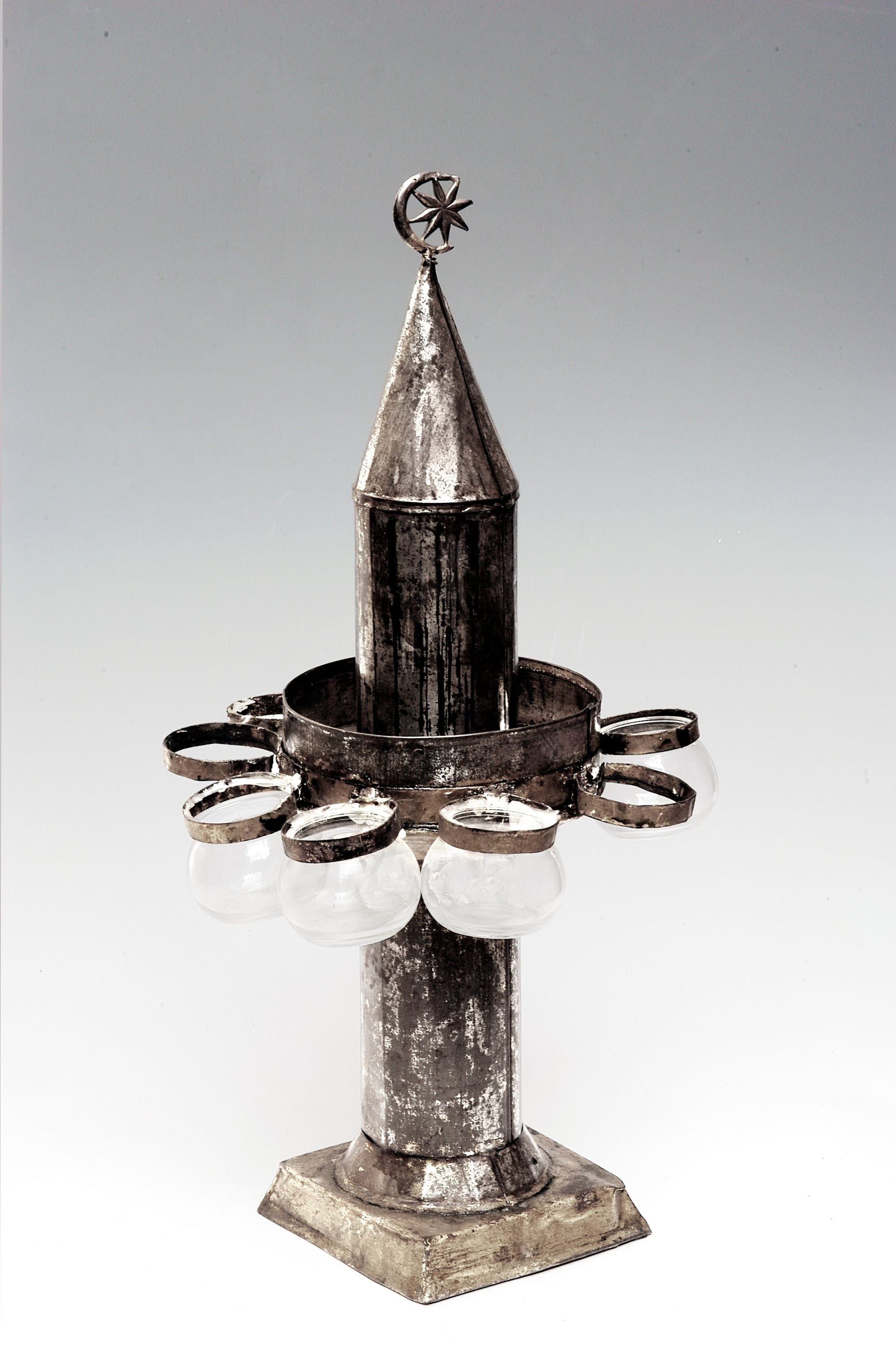
Over the next few months, I went down many internet rabbit holes to learn about the menorah. I only found a few mentions of the menorah, but I did find several other Jewish ceremonial objects that included Islamic and Ottoman symbols. I then started reading Julia Phillips Cohen’s Becoming Ottomans: Sephardi Jews and Imperial Citizenship in the Modern Era, and she discussed these curious objects. Late nineteenth-century Turkish Jews saw themselves as Ottomans, and they showed their support for the Ottoman state in different ways.
In World History courses, the story of the late nineteenth-century Ottoman Empire is too often “the Sick Man of Europe.” Knowing that the Empire collapsed in 1922, we focus on why that collapse happened rather than on how the Ottoman Empire evolved, adapted, and even succeeded at times. By focusing on the Turkish Jewish community of the late nineteenth century, we can help students develop a more nuanced understanding of nineteenth-century Ottoman reforms. We also can see how Turkish Jews saw themselves as a thriving community in the late Ottoman Empire.
Nineteenth-Century Ottoman Reforms and and Competing Nationalisms
This content is for Paid Members
Unlock full access to Liberating Narratives and see the entire library of members-only content.
SubscribeAlready have an account? Log in

